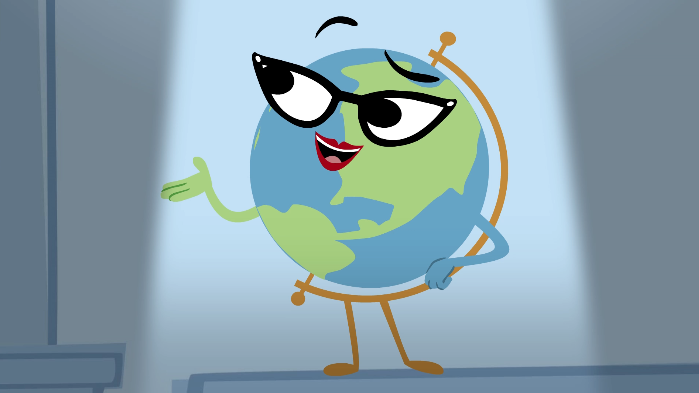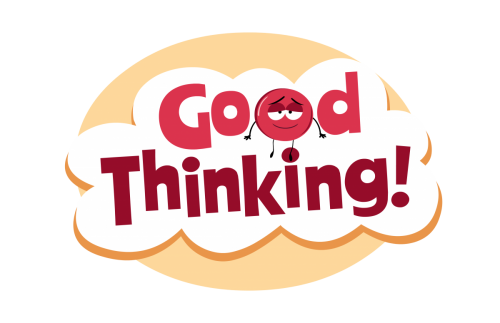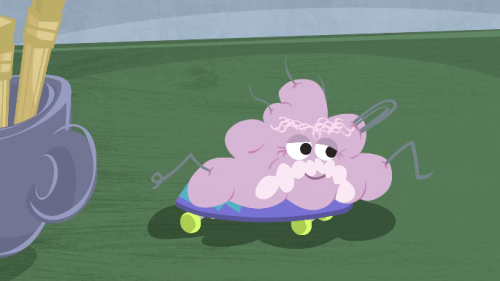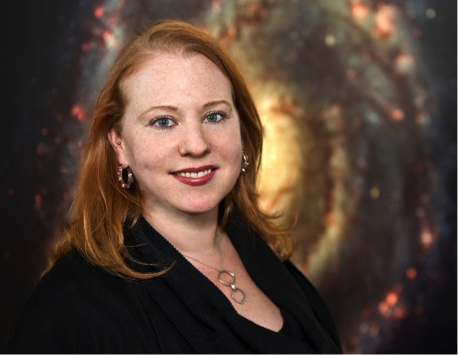Scientists at the University of California in San Francisco have been studying clustered regularly interspaced short palindromic repeats, or CRISPRs for short, in prokaryotic (single-celled) organisms such as bacteria.
Cancer.
Scientists at the University of California in San Francisco have been studying clustered regularly interspaced short palindromic repeats, or CRISPRs for short, in prokaryotic (single-celled) organisms such as bacteria.
Cancer.
"The first step towards getting somewhere is to decide that you are not going to stay where you are." -- J.P. Morgan
Hello, my name is Tami McDonald. I am the Colorado Regional Coordinator for the Smithsonian Science Education Center LASER program. As a near native of Colorado, I am proud to be promoting inquiry science and excellent professional development locally. I believe the need to prepare our students to compete in an innovation-based economy is great. If kids are excited about science, technology, engineering, and math, their chances of solving future global problems increases.

"I'm chuffed to bits that I could help!" --Terry
How Thinking like a Kindergartener Landed me at Johns-Hopkins
Whenever I'm engaged in small talk at a conference, soiree, or any other miscellaneous function where people talk about what they do (in Washington DC, that happens to be all functions, everywhere), someone invariably responds to my description of my vitae with a well-meaning, "It's so great that you are showing kids that science can be fun!" Of course I appreciate people's enthusiasm in what I do; I firmly believe that science education is the most interesting thing a person can do.
Watch this video. WATCH. IT. If you're anything like me, it will leave you with your mouth hanging open, slightly unsettled, at one of nature's most incredible, disconcerting, skin-crawling species:

"I did an around the world...around the actual world" -- Albert the Yoyo
At 140 million miles from Earth, Mars isn't exactly a stone's throw away -- in fact, it takes about nine months (and several billion dollars) to reach the Red Planet via rocket. Although rovers and satellites can teach us a lot, scientist have found a cheaper, more convenient place to study Mars: the Earth.
If you have ever closely studied members of the phylum Echinodermata, you might ponder, "How can I tell a male sea cucumber from a female?" In this case, you would be prudent to accept the wisdom of accomplished scientist of echinoderms Dr. David Pawson who implores, "First you must ask its name." Humorous bits such as this were woven into a week of intensive science exploration that took place at the SSEC's 2015 Biodiversity SSEAT.

"Here's the deal, Jack. Children need to find ways to make sense of the world around them -- we all do." --Gummerson
If you've seen Good Thinking!, SSEC's new web series on "the science of teaching science", you've probably seen Gummerson -- and perhaps wondered who (or what), exactly, he is?
On America's first Fourth of July celebration in 1777, fireworks were one color: orange. There were no elaborate sparkles, no red, white, and blue stars -- nothing more than a few glorified (although uplifting) explosions in the sky.
As it turns out, although we've been lighting fireworks for the last 2000 years or so, modern fireworks were only invented in the 1830s -- so, what were they like before then? When Henry VII had fireworks at his wedding in 1486, how did they look? How have fireworks and the science behind them evolved throughout history?
Dr. Jennifer Stern is a Space Scientist at the NASA Goddard Space Flight Center in Greenbelt, Maryland. Katya Vines, a Science Curriculum Developer at the Smithsonian Science Education Center, recently interviewed Jen about her role on the Mars Curiosity Rover team and her path to becoming a space scientist. Some of Jen's answers may surprise you!

What was your favorite class in school?
The latest episode of SSEC's Good Thinking! series, Fired Up About Energy, features a new classroom guide: Bunsen the (you guessed it) Bunsen burner. The episode focuses on teaching and discussing energy in the classroom, and explores common student misconceptions related to the topic.
English language learners (ELLs) are a population of students that is growing in the United States. Educators face the challenge of helping students learn English at the same time as grade-level science content. This can be especially challenging when working with newcomers. Newcomers, by definition, have been in the United States for two years or less and have little to no English proficiency. In addition, some newcomers are refugees who have had interrupted schooling and spent time in refugee camps. How do you successfully teach science content to these students?